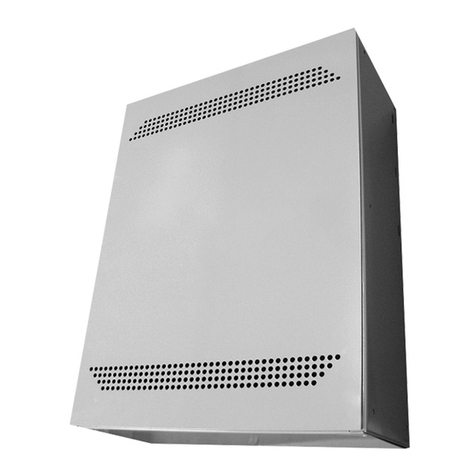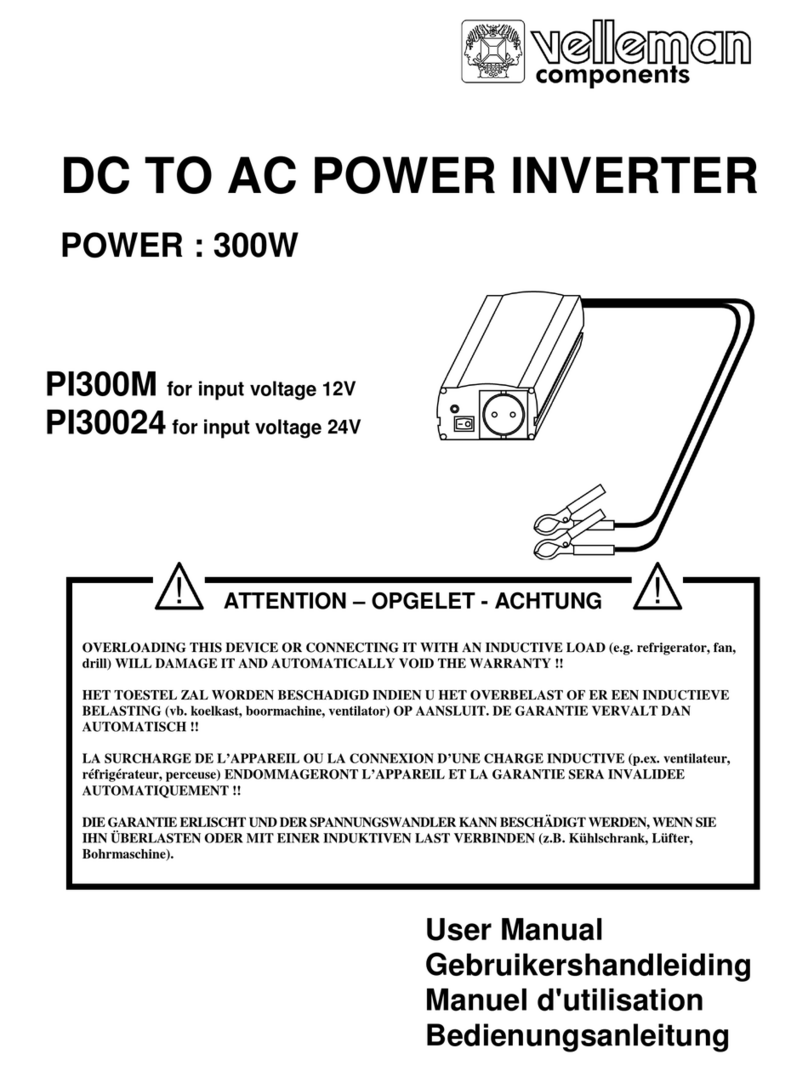
Table of Contents
Specifications ......................................................................................................................................................................
• Table 1 - Physical Specifications ....................................................................................................................................
• Table 2 - Electrical Specifications ...................................................................................................................................
Receiving, Moving and Storing Systems and Batteries ..................................................................................................
• Shipping Damage ...........................................................................................................................................................
• Temporary Storage of Units and Batteries ......................................................................................................................
Installation Requirements ..................................................................................................................................................
• Operating Environment ...................................................................................................................................................
• High Altitude Operation ...................................................................................................................................................
Cabinet Mounting ................................................................................................................................................................
• Tools Required .................................................................................................................................................................
• Mounting Hardware .........................................................................................................................................................
• Knockout Locations .........................................................................................................................................................
• Cabinet Mounting - Surface (Standard) Models ..............................................................................................................
• Cabinet Mounting - Recessed (-R) Models .....................................................................................................................
• Cabinet Mounting - Ceiling T-Grid (-T) Models ................................................................................................................
AC Connections ..................................................................................................................................................................
• AC Wiring Preparations ...................................................................................................................................................
• AC Input Voltage Selector Plug Installation .....................................................................................................................
• AC Input/Output Wiring Connections to Terminal Block ..................................................................................................
Battery Information .............................................................................................................................................................
• Tools ................................................................................................................................................................................
• Battery Installation and Connection ................................................................................................................................
• Battery Voltage Check .....................................................................................................................................................
Final Installation Checklist ...............................................................................................................................................
System Start-Up Procedure ..............................................................................................................................................
System Test ........................................................................................................................................................................
Maintenance .......................................................................................................................................................................
• Safe Shut Down Procedure ...........................................................................................................................................
• Routine System Maintenance ........................................................................................................................................
• Manual Routine Inverter Tests .......................................................................................................................................
• Routine Battery Inspection and Maintenance ................................................................................................................
• Battery Replacement Procedure ....................................................................................................................................
• Battery Disposal .............................................................................................................................................................
Instructions for Self-Test/Self-Diagnostics .....................................................................................................................
• Self-Diagnostic Service ..................................................................................................................................................
• Table 3 - Service Indication ............................................................................................................................................
• Table 4 - Manual Testing ................................................................................................................................................
3
3
3
4
4
4
4
4
4
5
5
5
5
5
5
6
6
7
7
8
9
9
9
9
10
10
10
11
11
11
11
12
12
12
13
13
13
13
Tucson Micro Series
Installation Instructions
10070249 REV 1 - 06/21 2 800-533-3948 www.barronltg.com




























